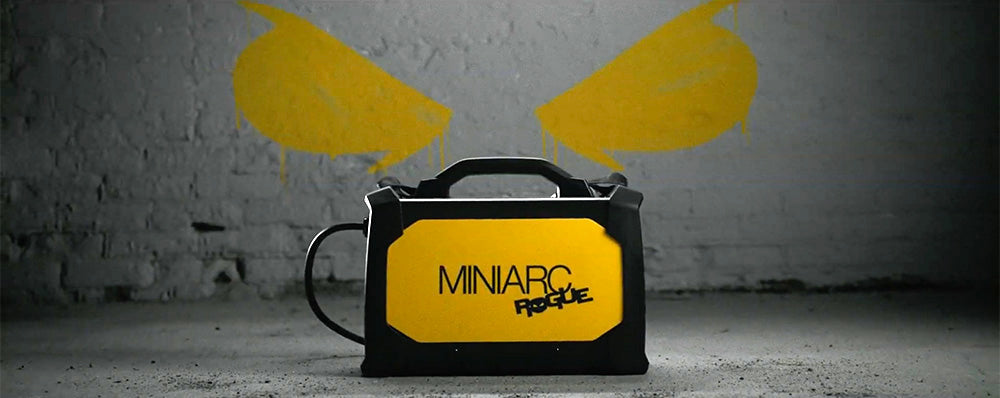 As the winds whirled about and the seas rocked their boat with a chorus of thunder, sailors used to watch the top of their ship’s mast. They hoped to see a strange glowing light above, a good omen that the storm was about over. This phenomenon was known as St. Elmo’s
As the winds whirled about and the seas rocked their boat with a chorus of thunder, sailors used to watch the top of their ship’s mast. They hoped to see a strange glowing light above, a good omen that the storm was about over. This phenomenon was known as St. Elmo’s
fire.Interestingly, that same good omen is how modern plasma cutters work. You see, the heavily charged air from the storm would interact with the mast of the ship, creating a ball of plasma—the same plasma we use to cut through metal today.
While humankind has been exposed to plasma since the beginning of time, real understanding only started about a century ago. The first real recognition came from Sir William Crookes, a scientist with a curiosity as large as his incredible mustache. At the time of his discovery, Crookes called the strange substance “Radiant matter.” Interestingly, the name “plasma” was given to this 4th state of matter much later in 1928, because it looked like the plasma in our blood.
Rockets And Plasma
Fast forward to 1950 when James Browning and Merle Thorpe had begun utilizing plasma as a method for heating metal. This was used in the US Space program as a method to test the extremely hot conditions the rocket capsules would have to face during reentry. According to James and Merle, they had begun work on a plasma torch as early as 1953, a device cable of creating an arc jet twice as hot as the sun's surface. Together, they founded Thermal Dynamics, the same company we know today.
Interestingly, James and Merle didn’t secure the first patent on plasma cutting, which was granted to Dr. Robert Gage at Union Carbide. In fact, Union Carbide would hold the patent for the next 17 years.
While they might not have roped in the first patent, Thermal Dynamics soon became one of the biggest players in plasma cutting equipment and research, securing patents on several improvements. Early machines were quite an investment, mostly geared towards large factories and nothing like the small, handheld versions we have today.

Enter Hypertherm
In 1968, another huge name in the industry got its start when Dick Couch and Bob Dean founded Hypertherm. They had developed a way of radially injecting water in the plasma arc. This significantly compressed the arc, creating a more concentrated heat column that resulted in a much cleaner cut.
In the 1970s, Thermal Dynamics released the PAK 40, the first plasma cutter released as a single unit. It sold for $4,900 (or $33,400 in today’s money). And while improvements continued to be made, plasma cutters were still out of reach for most welders. In 1980, Thermal Dynamics’ PAK 5 sold for $2,950 ($9,880 in today’s money). While this was a significant difference, the PAK 3 brought an even more drastic change as the first handheld plasma cutter ever mass produced.
In 1985, Hypertherm came out with their own handheld unit, the MAX 40. At this time, the plasma market was still quite niche and the MAX 40 was considered a success having sold 1,000 units in its first year, but that all changed at the end of the decade.
The Plasma Market Explodes
In the 1990s, the plasma market exploded, growing by fifty times. During the next 20 years, plasma cutters became more and more available to the everyday welder. While advances allowed plasma cutters to be more powerful, less costly and more portable, there were a number of issues. Plasma cutters became somewhat of a controversial issue, with many welders feeling this “new, fancy cutter” had a number of problems compared to older cutting methods like Oxy Acetylene or a good, ol’ fashion grinder.
Today, plasma cutters available to the public have made extensive strides. While some welders are still a little weary, plasma cutters have become common equipment, capable of creating cleaner cuts than any other type of machine. If you haven’t seen the capabilities of modern plasma cutters today, you owe it to yourself to check out how much they’ve improved. Here’s a few of the best selling plasma cutters of 2020:




